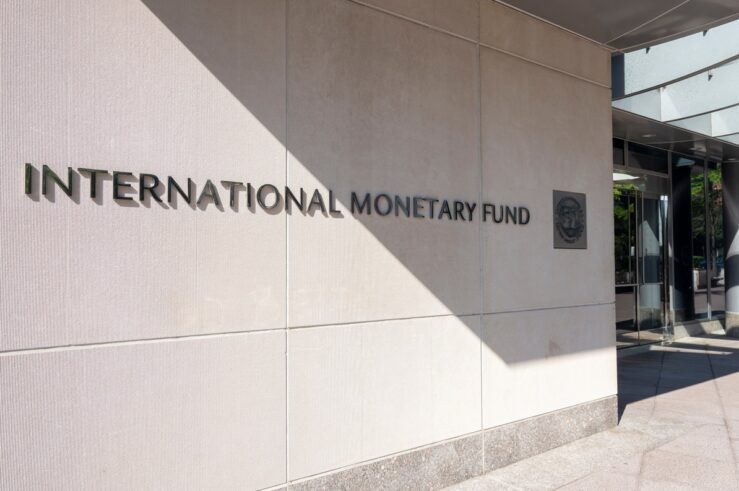Mylan Pharmaceuticals recently reinvigorated the public outcry over pharmaceutical price increases when news surfaced that the company had raised the price of EpiPens by more than 500% over the past decade and, purportedly, had plans to increase the price even more. The Mylan controversy comes on the heels of several notorious pricing scandals last year. Recall Valeant Pharmaceuticals, that acquired cardiac drugs Isuprel and Nitropress and then quickly raised their prices by 525% and 212%, respectively. And of course, who can forget Martin Shkreli of Turing Pharmaceuticals, who increased the price of toxoplasmosis treatment Daraprim by 5,000% and then claimed he should have raised the price even higher.
However, one company, pharmaceutical giant Allergan, seems to be taking a different approach to pricing. Last week, Allergan CEO Brent Saunders condemned the scandalous pricing increases that have raised suspicions of drug companies and placed the entire industry in the political hot seat. In an entry on the company’s blog, Saunders issued Allergan’s “social contract with patients” that made several drug pricing commitments to its customers.
Some of the most important commitments Allergan made to its customers include:
- A promise to not increase prices more than once a year, and to limit price increases to singe-digit percentage increases.
- A pledge to improve patient access to Allergan medications by enhancing patient assistance programs in 2017
- A vow to cooperate with policy makers and payers (including government drug plans, private insurers, and pharmacy benefit managers) to facilitate better access to Allergan products by offering pricing discounts and paying rebates to lower drug costs.
- An assurance that Allergan will no longer engage in the common industry tactic of dramatically increasing prices for branded drugs nearing patent expiry, without cost increases that justify the increase.
- A commitment to provide annual updates on how pricing affects Allergan’s business.
- A pledge to price Allergan products in a way that is commensurate with, or lower than, the value they create.
Saunders also makes several non-pricing pledges to maintain a continuous supply of its drugs, diligently monitor the safety of its products, and appropriately educate physicians about its medicines. He also makes the point that the recent pricing scandals have shifted attention away from the vibrant medical innovation ecosystem that develops new life-saving and life-enhancing drugs. Saunders contends that the focus on pricing by regulators and the public has incited suspicions about this innovation ecosystem: “This ecosystem can quickly fall apart if it is not continually nourished with the confidence that there will be a longer term opportunity for appropriate return on investment in the long R&D journey.”
Policy-makers and the public would be wise to focus on the importance of brand drug innovation. Brand drug companies are largely responsible for pharmaceutical innovation. Since 2000, brand companies have spent over half a trillion dollars on R&D, and they currently account for over 90 percent of the spending on the clinical trials necessary to bring new drugs to market. As a result of this spending, over 550 new drugs have been approved by the FDA since 2000, and another 7,000 are currently in development globally. And this innovation is directly tied to health advances. Empirical estimates of the benefits of pharmaceutical innovation indicate that each new drug brought to market saves 11,200 life-years each year. Moreover, new drugs save money by reducing doctor visits, hospitalizations, and other medical procedures, ultimately for every $1 spent on new drugs, total medical spending decreases by more than $7.
But, as Saunders suggests, this innovation depends on drugmakers earning a sufficient return on their investment in R&D. The costs to bring a new drug to market with FDA approval are now estimated at over $2 billion, and only 1 in 10 drugs that begin clinical trials are ever approved by the FDA. Brand drug companies must price a drug not only to recoup the drug’s own costs, they must also consider the costs of all the product failures in their pricing decisions. However, they have a very limited window to recoup these costs before generic competition destroys brand profits: within three months of the first generic entry, generics have already captured over 70 percent of the brand drugs’ market. Drug companies must be able to price drugs at a level where they can earn profits sufficient to offset their R&D costs and the risk of failures. Failure to cover these costs will slow investment in R&D; drug companies will not spend millions and billions of dollars developing drugs if they cannot recoup the costs of that development.
Yet several recent proposals threaten to control prices in a way that could prevent drug companies from earning a sufficient return on their investment in R&D. Ultimately, we must remember that a social contract involves commitment from all members of a group; it should involve commitments from drug companies to price responsibly, and commitments from the public and policy makers to protect innovation. Hopefully, more drug companies will follow Allergan’s lead and renounce the exorbitant price increases we’ve seen in recent times. But in return, we should all remember that innovation and, in turn, health improvements, depend on drug companies’ profitability.




